Technology has the tendency to change the way people access information and connect with each other was our first central idea of six this academic year.
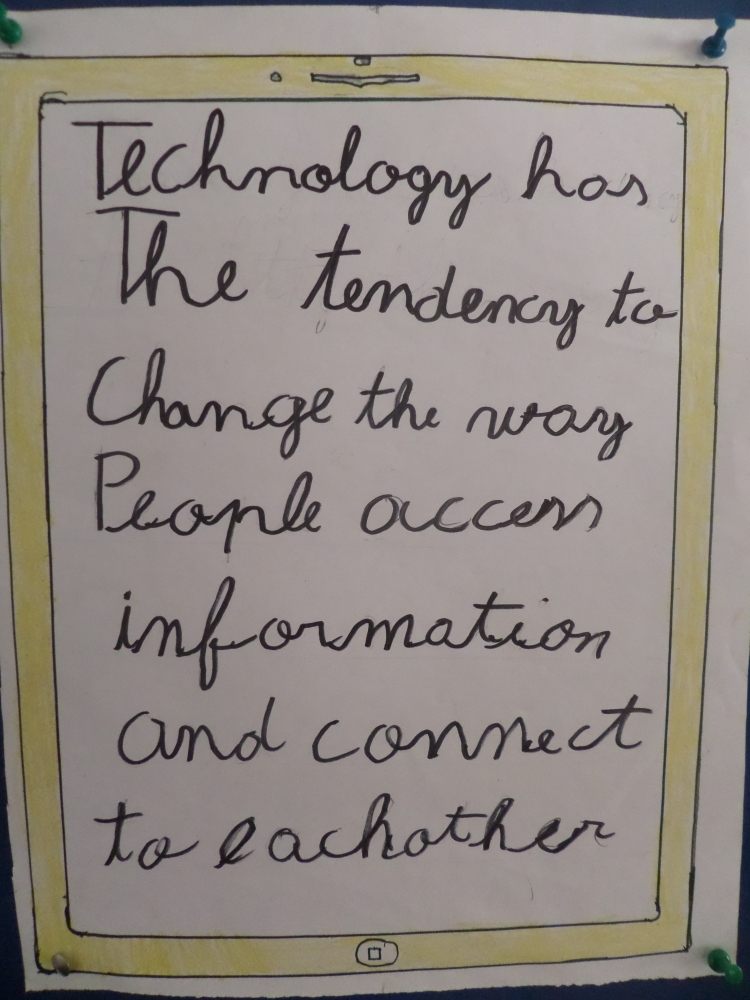
After six weeks of learning, we have been able to make remarkable progress in the use of technological devices especially for some of the learners who had mostly used the devices for playing games other than academic work. The learners used their devices to access information, present their findings as well as extend our class virtually. During our initial discussion, most of the learners were able express their opinion about how people accessed information in the past; tying a note to a bird’s leg , writing letters, playing drums and ‘smoke message’ (people searched to identify the source of a smoke) are some of the ways they imagined people accessed information in the past.
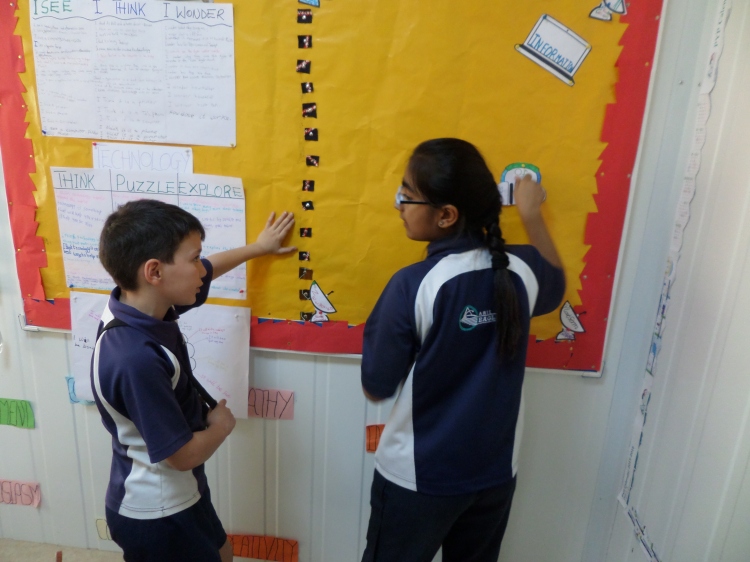
Making our theme board
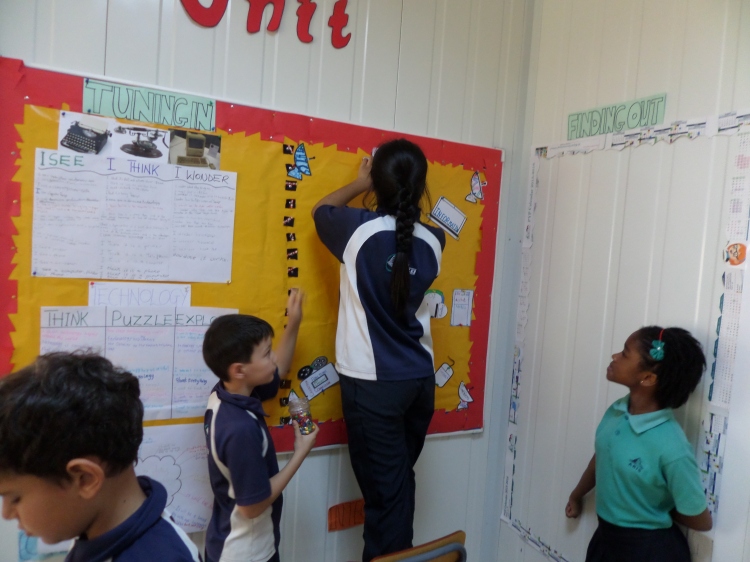
Making our theme board
I also told the learners about the experience in Ghana in the ’90s of mobile telephone services. In the late 90s, people had to book a week’s appointment to be able to call their relatives abroad at the Central Post Office locate at the heart of the city, Accra. There were long winding queues of people from all walks of life converging on daily basis to make a maximum of about 5 minutes call which would cost you a fortune. The introduction of mobile telephone services did not come cheap initially; a sim card was sold at ₵1.5 million (approximately $37 today). Thanks to technology, smart phones are accessible by millions now and the proliferation of mobile telecommunication operators has made things cheaper and convenient now; sim cards are virtually free of charge and call rates are relatively cheaper.
As part of our tuning in learning engagements, we used the I see, I think, I wonder teaching strategy after the learners have seen pictures of technological devices used from the past. This led us into a hearty discussion about sophisticated instruments in general with the view that someone may use the word ‘technology’. I then asked the question ‘how do we get to watch live football matches in Ghana?’ (More than half of our learners are football enthusiasts). Before I could close say a word, a chorus answer echoed from the center of the class ‘technology!’ After that, we used the Think, Puzzle, Explore teaching strategy to assess the learners’ prior knowledge of ‘technology’. Most of the learners demonstrated very good knowledge of technology by either giving some good examples of devices they use at home or one that they have watched a documentary or read about.
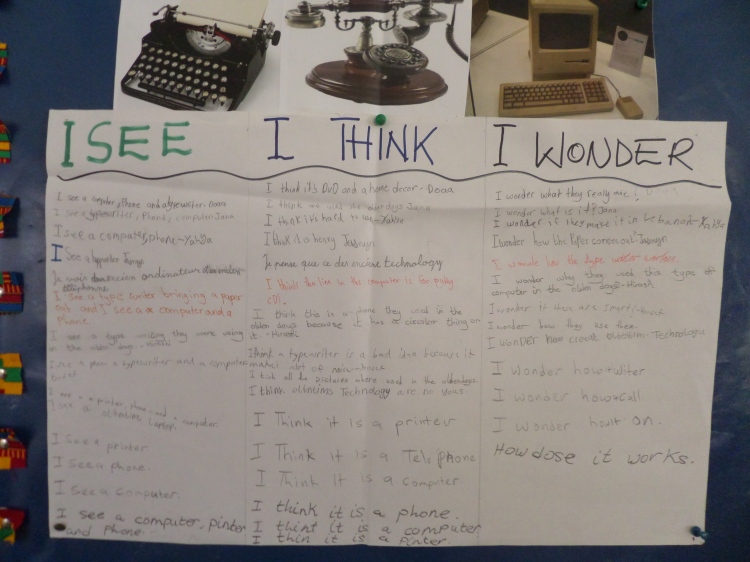
In addition, we tasked the learners to guess the central idea using a couple of key words- technology, change, access, information, connect. The following week, the learners worked in groups to conduct a survey in the school. They stomped through the corridors of the school soliciting and capturing images of things that uses technology. Each group had about 2-3 camera/iPad/tablet to capture the images and they later sent us the images via email. The learners also researched about computer, telephone, television, cars and airplane with the aid of a checklist: the inventor, uses, popular brands, . One group of the learners created a model of their research topic; television. After the presentation, their colleagues asked them few questions with regard to their research.
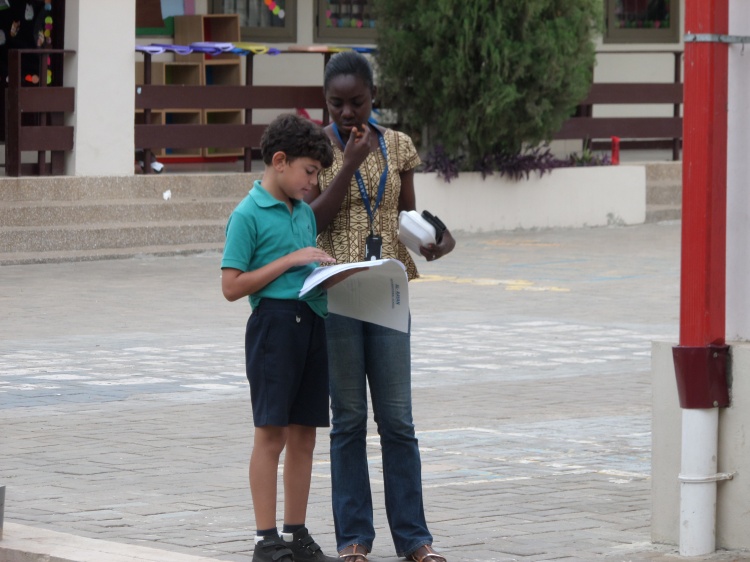
Conducting a survey
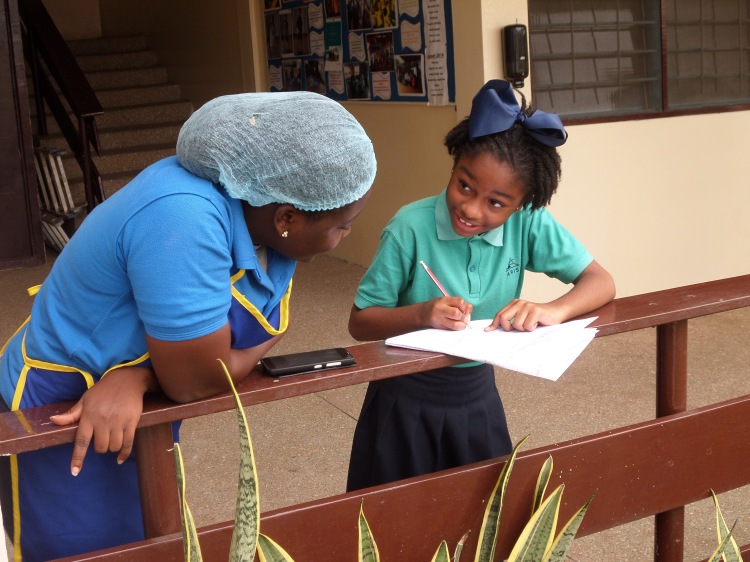
Asking questions
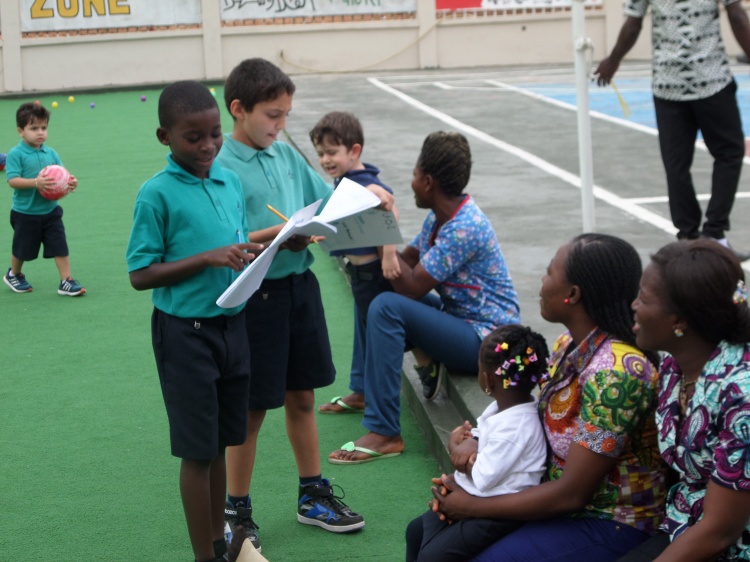
Learners conducting a survey
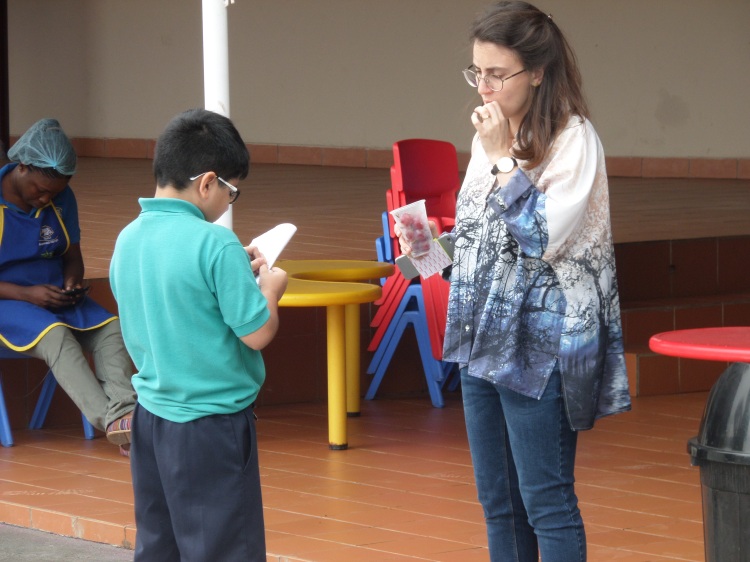
A learner conducting a survey
We created a virtual classroom on Google classroom. Our virtual classroom has been of immerse assistance in communicating with the learners as well as posting video or links as a way of consolidating a lesson, differentiating etc. We explored the basic uses of the both our emails and Google Classroom so the learners would be able to maximize the uses of these online tools.
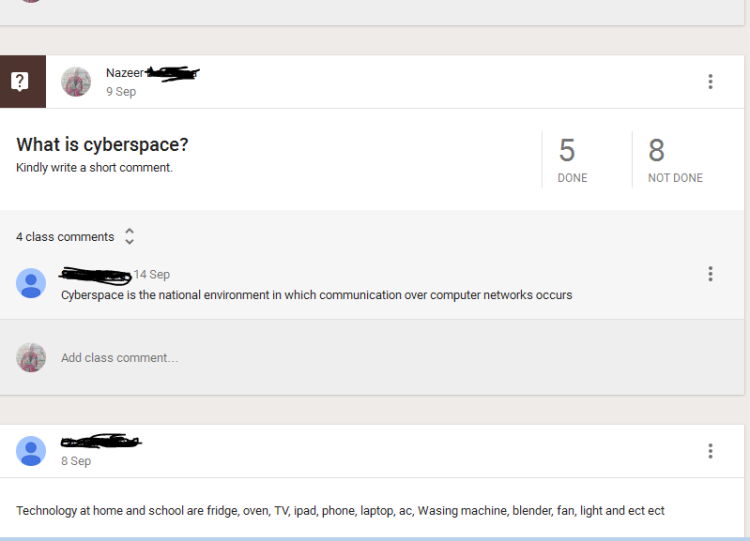 At the sorting out stage, the learners drew timelines of the various technological devices other than the ones they researched about. We also used the De Bono’s six thinking hats to analyze the word ‘technology’.
At the sorting out stage, the learners drew timelines of the various technological devices other than the ones they researched about. We also used the De Bono’s six thinking hats to analyze the word ‘technology’.
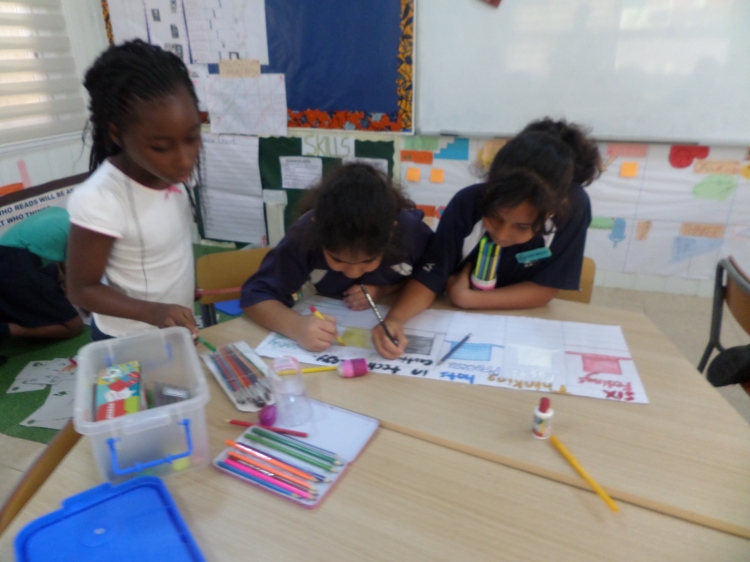
using the six thinking hats
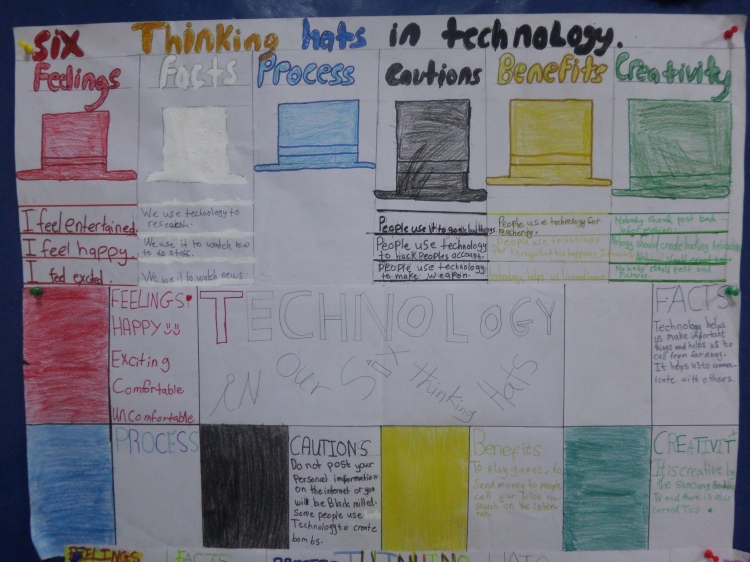
Sample of a group work
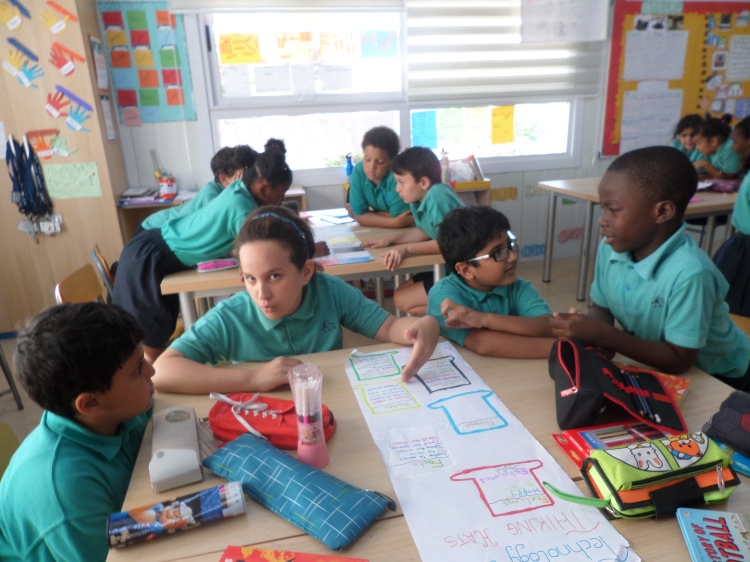
Work in progress
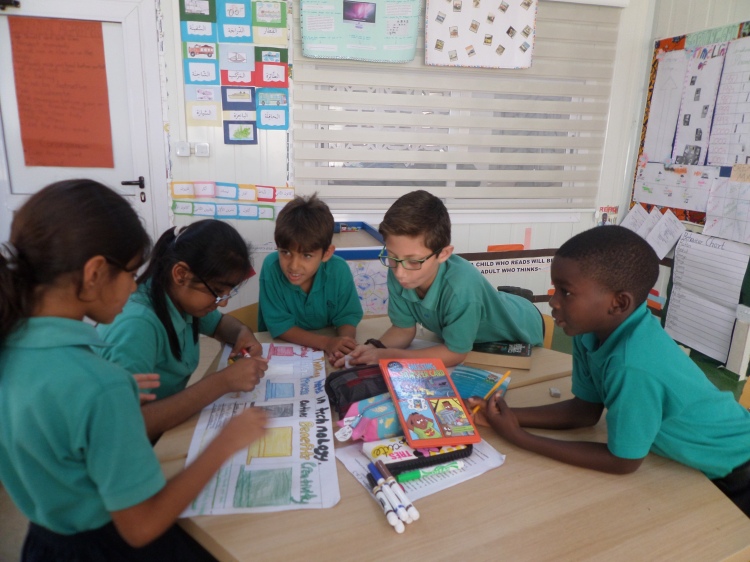
Work in progress
This enabled the learners to have a holistic view of technology and as part of literacy lesson, the learners wrote about ‘A day without technology; how would it be like?’. It was quite interesting, reading some of the things the learners wrote about.
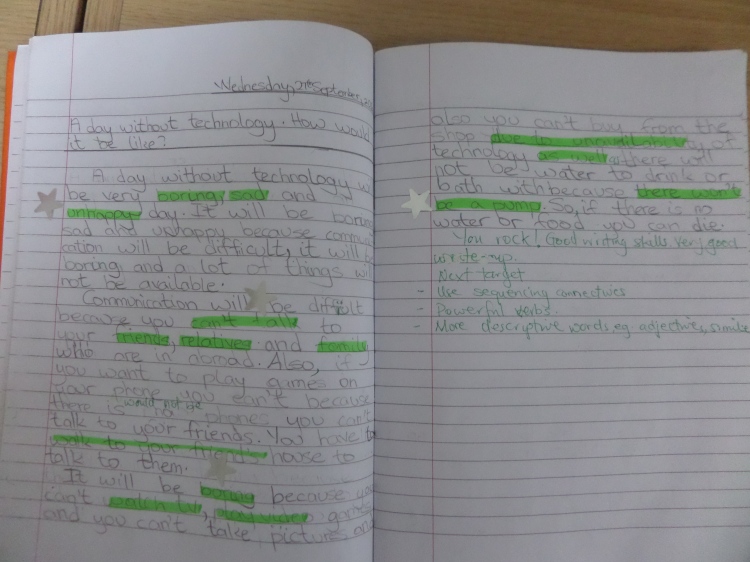
English integration
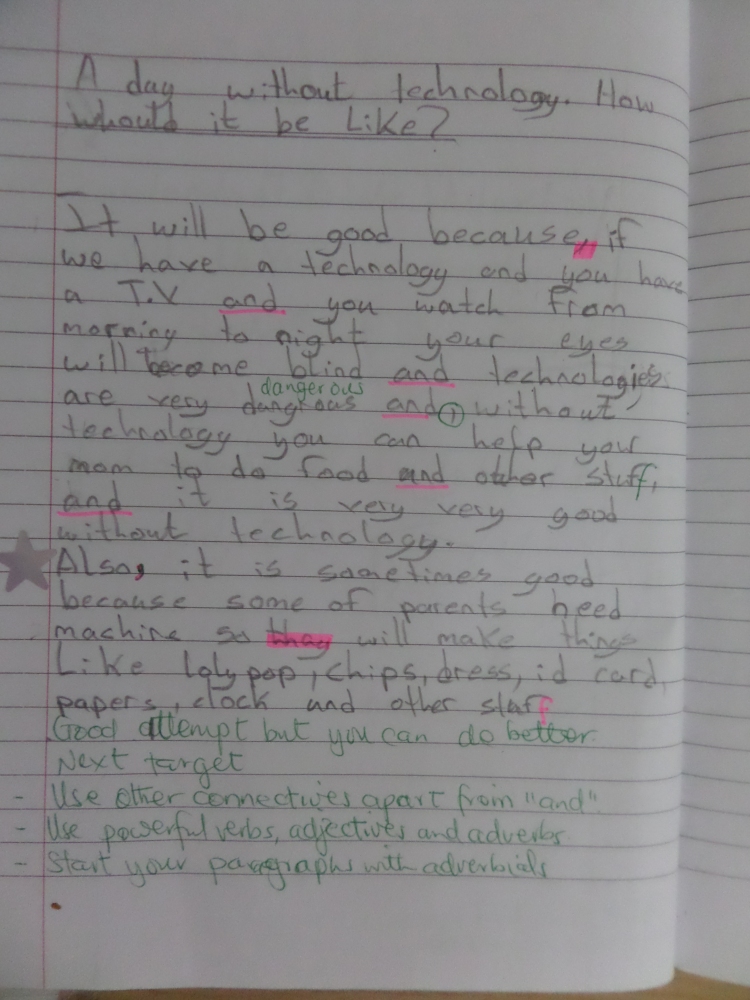
English integration
Technology would have been nothing without the people behind the invention or pioneers of the various devices so the learners studied about 10 people who have impacted technology positively
Additionally, we organized a debate ‘Should computers replace teachers?’ The debate was the learners’ first experiences but I must confess it was very heated at a point especially at the rebuttal rounds with each group making good contributions.
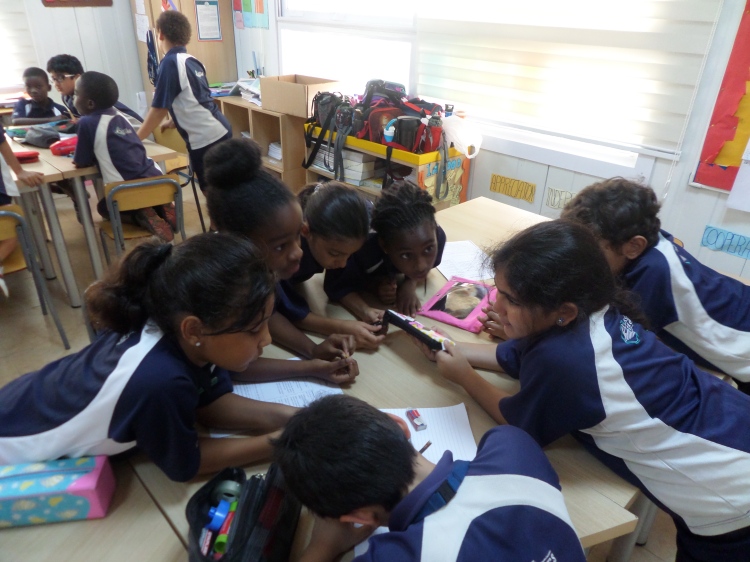
Collaboration and planning
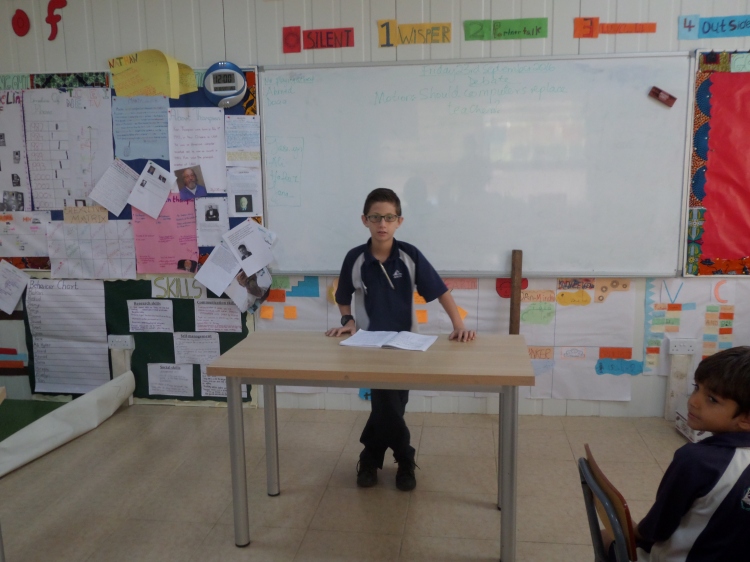
Speaking for the motion
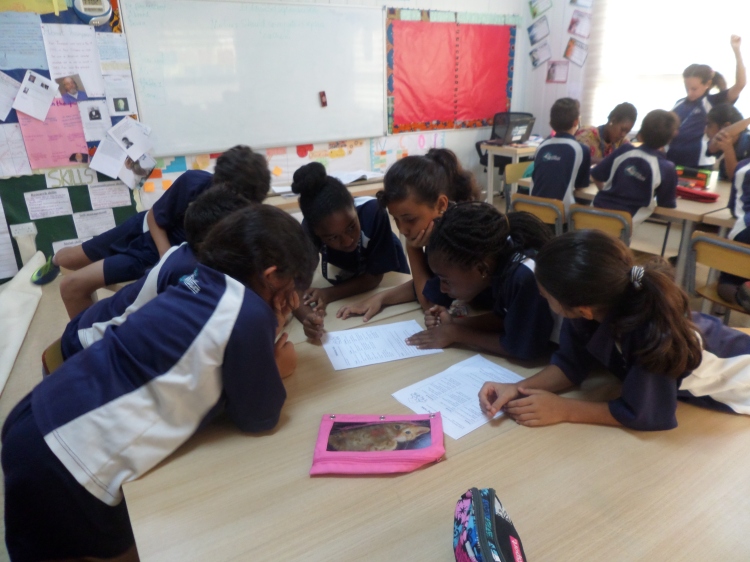
Discussing debate points
At the end of the unit, the learners created posters to raise awareness about online safety and our responsibility on the internet.
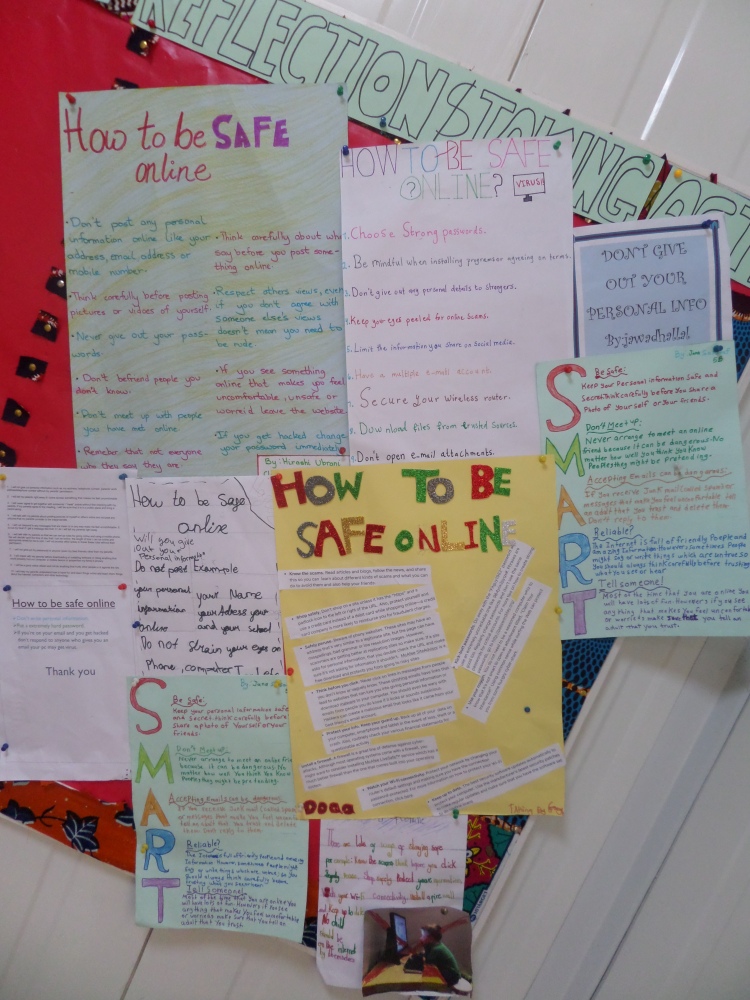
Posters
Gallery




























